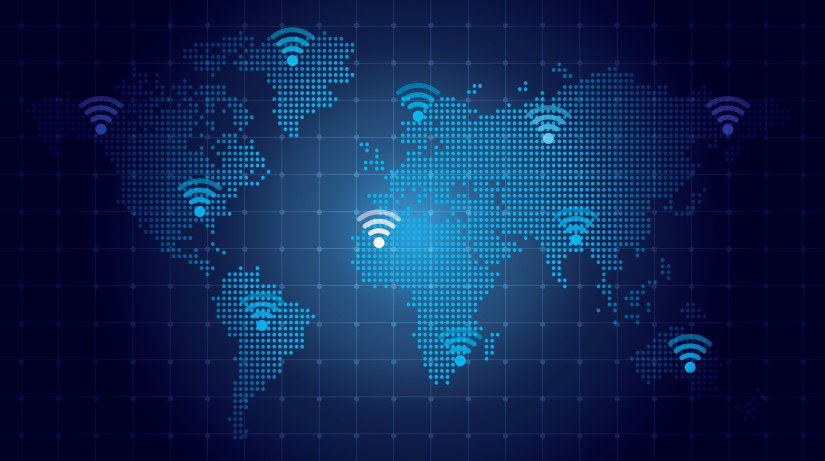My Wi-Fi Journey
Today, a seeming majority of individuals shift frequently between industries, locations, or companies over their careers. As an anomaly to that trend, from design to installation, the last 13 years of my life have been dedicated to Wi-Fi networks. With World Wi-Fi day upon us, I cannot think of a better time to reflect on my career path – my Wi-Fi journey.
Flashback to 2008, having just left the military: Daily routines consisted of deploying “Hotspots” for BT OpenZone and The_Cloud (BSkyB) in various commercial premises (hotels, marinas, distribution centers, theme parks, shopping malls and military bases). Notable deployments included an indoor/outdoor Wireless LAN at Alton Towers Theme Park, a 910-acre site requiring blanket coverage using point-to-point backhauling on 5GHz to extend coverage into areas with no fiber infrastructure. Then onto Canary Wharf serving Canada Place, Cabot Place and Jubilee Place, over 940,000 sq ft of retail and restaurants, footfall of 50 million per annum, over 300 shops, bars and restaurants – all with the same goal of supplying Wi-Fi to patrons.
Over the years, the best technology turned better. Next up came the introduction of more unified controller-based networks as opposed to autonomous and meshed networks. 2010 was the year for enterprise deployments – redundancy measures with self-healing techniques to dynamically plug gaps in the event of an access point failure.
Next stop on my career journey was the rail sector. Due to the rugged environment and the additional hazards, such as moving vehicles and 20,000 Volt catenaries, the rail sector posed a whole new set of challenges. From the north of Scotland to the southern most points in England, Wi-Fi was deployed along the mainline, stations, and at maintenance facilities countrywide.
2012 opened my eyes to another new domain of the Wi-Fi world. As part of the Icomera team, a global initiative was to provide connectivity to every moving vehicle. Considering Icomera was the first company in the world to deploy Wi-Fi on a moving train using a cellular network for the backhaul and an 802.11 distributed network for onboard passenger access, the initiative was a high bar – yet achievable. This is where ambition and determination met experience and standards.
The Evolution of Wi-Fi
2012: The evolution of the 802.11 standard has been fast. Early in 2012, we started to see the wider adoption of 802.11n (which had been released in 2009) moving away from the traditional 802.11 a/b/g technologies offering eye-watering speeds of 11Mbps/54Mbps respectively. 802.11n brought with it the use of MIMO and beam forming technologies, this standard offered speeds of 300Mbps using 2.4GHz and 5GHz which was a significant improvement.
2014: Enter 802.11ac, which had only been introduced the previous year. This new technology offered speeds ranging from 433Mbps to over 1 gigabit of data per second. Working only in the 5GHz spectrum, this technology supported up to 8 spatial streams and increased the channel width to 80MHz. And it was game-changing.
Demand for Wi-Fi has seen an exponential increase year-over-year: Smartphones, social media, streaming media, IoT and the demand for real-time information have all driven the need for the 802.11 standard to continually evolve, delivering the capability to connect at ever increasing speeds.
Future World Wi-Fi Days
The unofficial holiday is a day to reflect and innovate. Every day is Wi-Fi Day in the world of a connectivity professional.
Wi-Fi is generally free to the end user and will remain the fastest evolving wireless technology available for years to come. Demand from the travelling public will increase and the 802.11ax (Wi-Fi 6) standard has been ratified to meet these demands. Streaming videos in 4K and the need for robust video conferencing services are to name but a few of the technologies that will require high bandwidth.
As Icomera CEO and Forbes Technology Council member Magnus Friberg once said, “an onboard amenity such as Passenger Wi-Fi is no longer deemed a luxury, but rather a necessity”.


